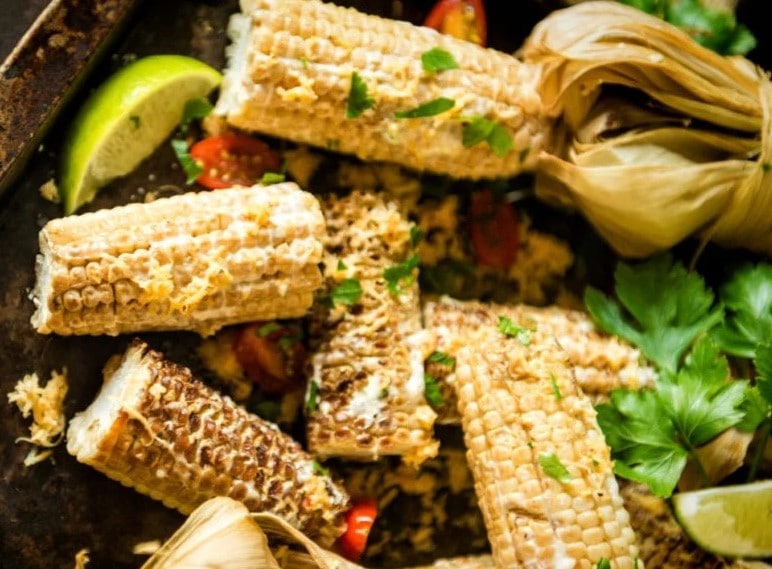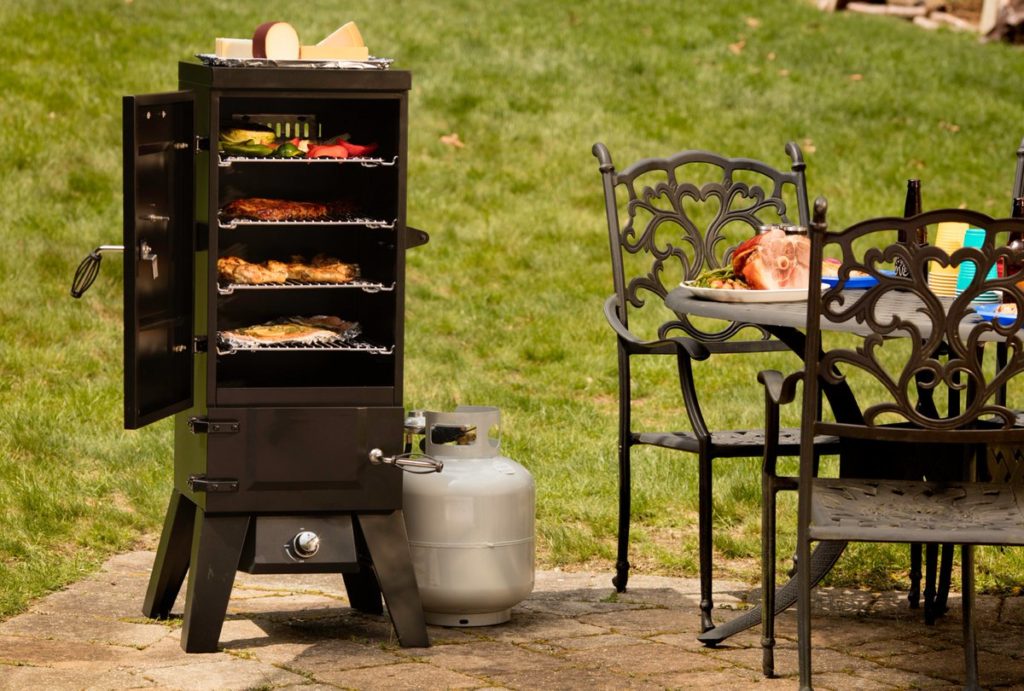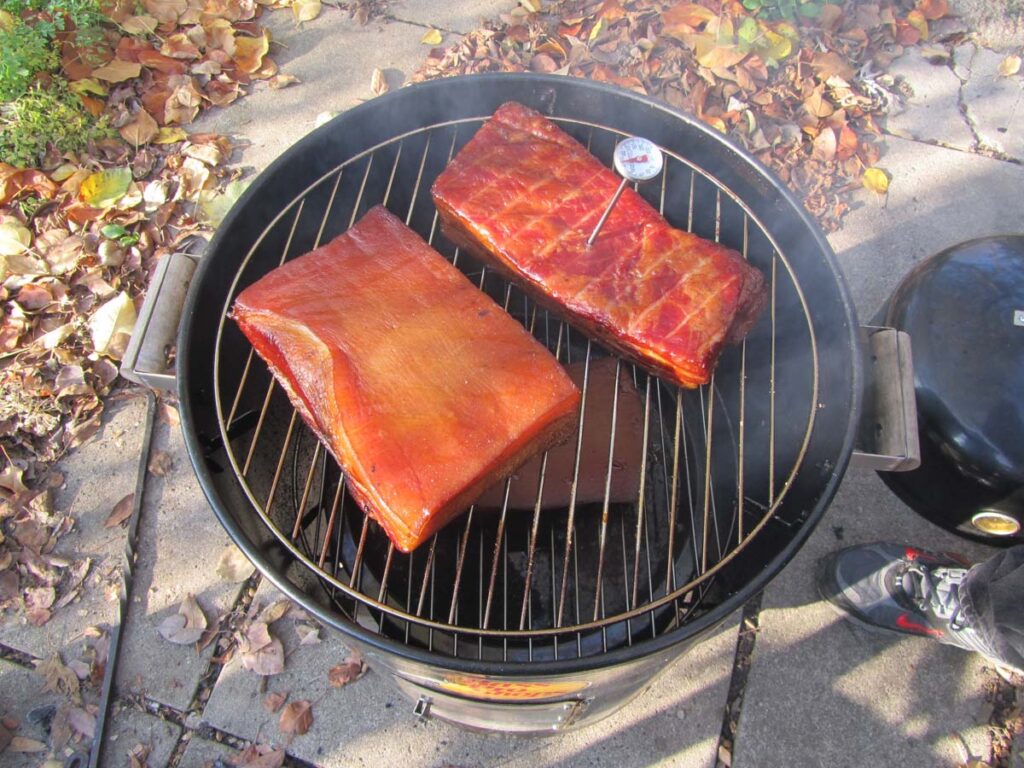

Culinary skills are pleasurable, particularly when they deal with grilling, stuffing, and deboning – basically any skill that let you manipulate food ingredients into your desired outcome. This pleasure is rightly derived when the cook knows the right way to cut, the right temperature to grill, bake, or roast, and the right meat to use for the particular meal they intend to cook.
Pork shoulder is one of the choicest parts of a pig. Moreover, the diversity in the numbers of meals the meat is used in and the flavors it brings out make it the most sought-after and easily sold-out part of the pig. More typical cuts, like center-cut chops, pork loin, and ribs are great, but penny for penny, a pork shoulder is going to give you far more than any other cut out there.
Now, when dealing with pork, it is important to know how to debone pork shoulder properly. Some butchers will debone the pork at no extra charge, while others will charge a higher price. However, it is easy to do and you can get it done yourself in about 10 minutes. So, if your curiosity led you here, you’re in the right place. Here’s how to debone pork shoulder properly.
The pig or hog has names for its several parts. There is the loin, side, ham, rib, head, shoulder, and so on. Many of these parts are important in cooking several meals. Moreover, they have unique meals and delicacies in which they are prime and king in bringing out the flavor and savor that the cook envisaged.
The front thighs, from the animal’s knee to the backbone, make up the pork shoulder. It is divided into two parts: the Pork Butt or the Boston butt (which is the upper part) and the Picnic Shoulder or the Picnic Ham (which is the lower part). These two parts make up the Pork Shoulder and is said to be the choice parts of the pig. In cutting pork Trusted Source Cut of pork - Wikipedia The cuts of pork are the different parts of the pig which are consumed as food by humans. The terminology and extent of each cut varies from country to country. There are between four and six primal cuts, which are the large parts in which the pig is first cut: the shoulder (blade and picnic), loin, belly (spare ribs and side) and leg. en.m.wikipedia.org , one of the major differences between the two parts is that Pork Butt, many times, is cut in rectangular shape for sale with the backbone while the Picnic Shoulder is cut in an almost triangular shape.
The top of the shoulder has often been referred to as the holy grail for cooking pulled pork – one of the many ways a pork shoulder is cooked. Pork shoulder is one of the finest cuts a barbecue chef can use. As part of the ingredients needed to make a meal, this choice portion of the pig’s body brings out the savor and quality the chef envisages. It is used in many ways in several meals such as the fillings in sausages or as ingredients in soups. It can also be grilled, braised, roasted, and so on. The Camp Chef PG24MZG SmokePro for grilling, roasting, baking, braising and barbecuing helps to bring out some of the best tastes and flavors in the meat.
Deboning pork shoulder (whether you are learning how to debone a pork butt or picnic shoulder) involves the removal of the bones from the cut. The goal is to prepare boneless pork for the several dishes you may have in mind. This process may require some expertise, patience, and care to ensure the meat is not cut in unpleasant ways. Nonetheless, we’re here to make it easy for you. All you need are patience, care and the following accessories:
Deboning pork shoulder can be quite technical and you need a couple of equipment to ensure you do not butcher the meat. The primary things needed, of course, would be the pork shoulder itself. You may have the Boston Butt, the Picnic Shoulder, or the entire cut. You can get this from a supermarket, an abattoir, or a butchering shop. As stated earlier, the rectangular-shaped Boston Butt (the triangular Picnic Shoulder) is the choice part of the pig, and it is in high demand and quite pricey.
The second piece of equipment needed is the knife. To remove bone from pork shoulder, a sharp cutting or deboning knife that can be easily handled and maneuvered is needed for this exercise. Following several customer attestations, the Mercer Culinary Genesis and the Zwilling J.A. Henckels Professional S Flexible Boning Knife are some of the most reliable options.
The third piece of equipment needed is the big cutting board where the pork is placed for cutting. Now that we have all we need, let’s dive right in.
STEP 1
Lay the meat on the cutting board with a side covered with skin lying flat on the board.
STEP 2
Feel the meat to determine where the bone is located. This act would help ensure the process is done quickly instead of cutting the meat haphazardly in search of the bone.
STEP 3
When the location of the bone is discovered, the knife comes into play. The tip of the knife is used to create an opening in the top part or side part (whichever is closer to the bone) of the pork.
STEP 4
Open the pork at two opposite sides to easily access the bone and ensure cutting the ligaments is not made difficult by the depth of the bone inside the pork.
STEP 5
When you create the opening and you can see a part of the bone, widen the opening by carefully moving the knife around the bone and cutting off ligaments that attach the bone to the meat.
STEP 6
The bone does not exactly have any definite shape, which means the cutting would have to flow with whatever highs or lows the bone gives in its structure. Here’s where patience and care comes in. You must be careful to ensure you do not cut your hand in the process.
STEP 7
When you are done cutting the meat away from the side of the bone through the ligaments, slice under the bone to remove it completely. The meat is now free from the bone and ready for whatever sumptuous meal you have in mind.
Pro tip: Don’t throw the bone away. You can save the bone to use in soups, beans, or stock. It stores easily for about 3 months when you freeze it in a ziplock bag. Make sure to remove all the air in it.
Once you’ve deboned your pork shoulder, start cooking, maybe using the recipe below:
From professional cooking to home cooking, getting the best out of the ingredients used in making several cuisines is the aim of every cook. This is the reason it is important to learn how to debone pork shoulder rather than just cutting it with the bone when cooking. Of course, you can cut it up with the bone, but this all depends on the particular use of the meat and recipe. Ultimately, it is easier to eat a meal without having to battle with the bone. It also frees the meat for use in recipes for which pure meat is required (sausages, for instance). for a Pork Shoulder roast, leaving the bone in makes carving slightly more difficult. To debone or not to debone, the choice is yours. Nevertheless, knowing how to debone pork shoulder is quite useful.





